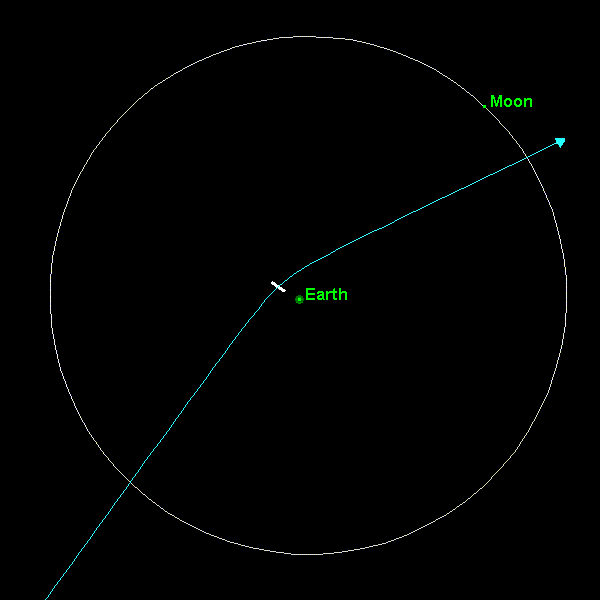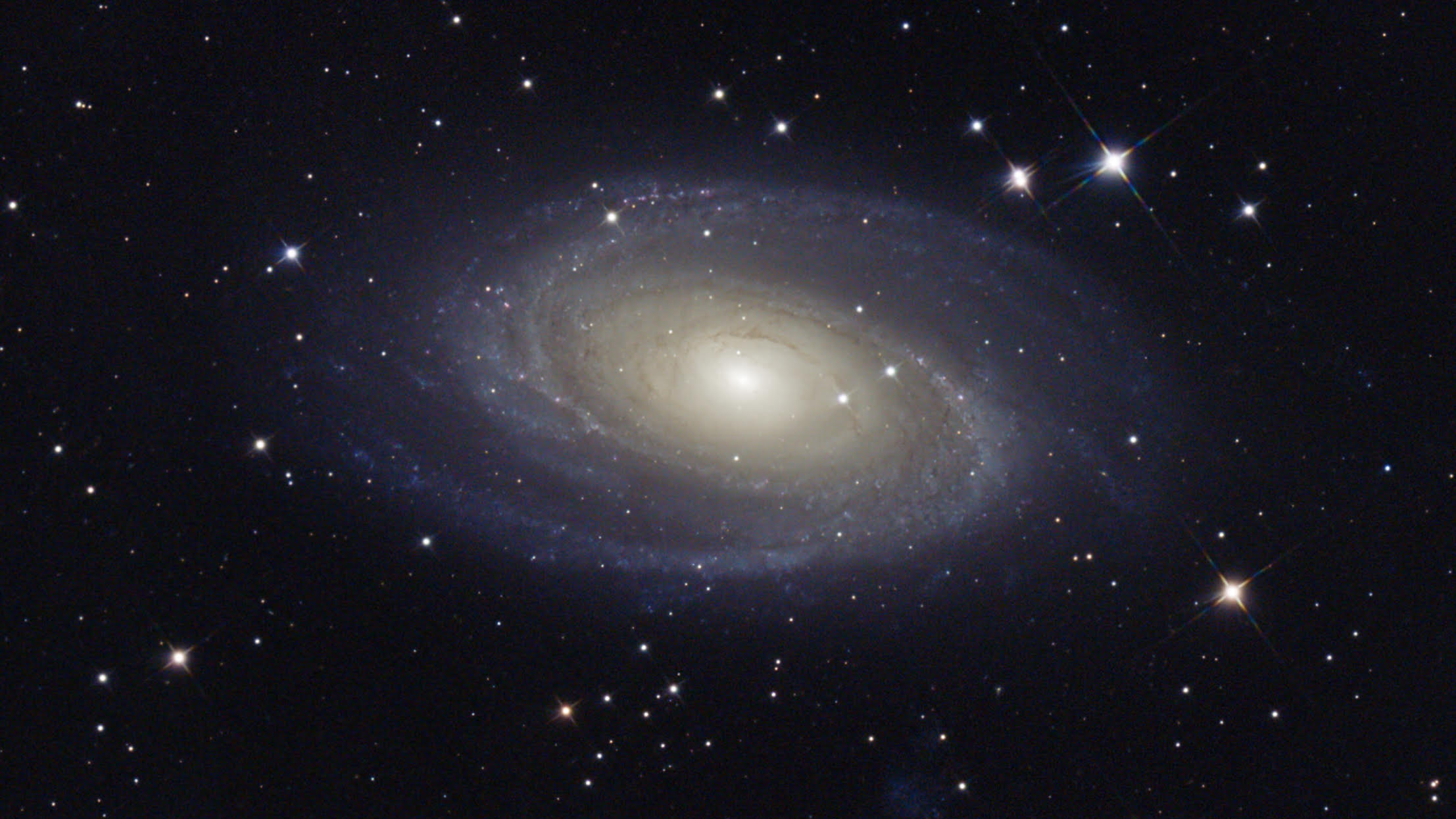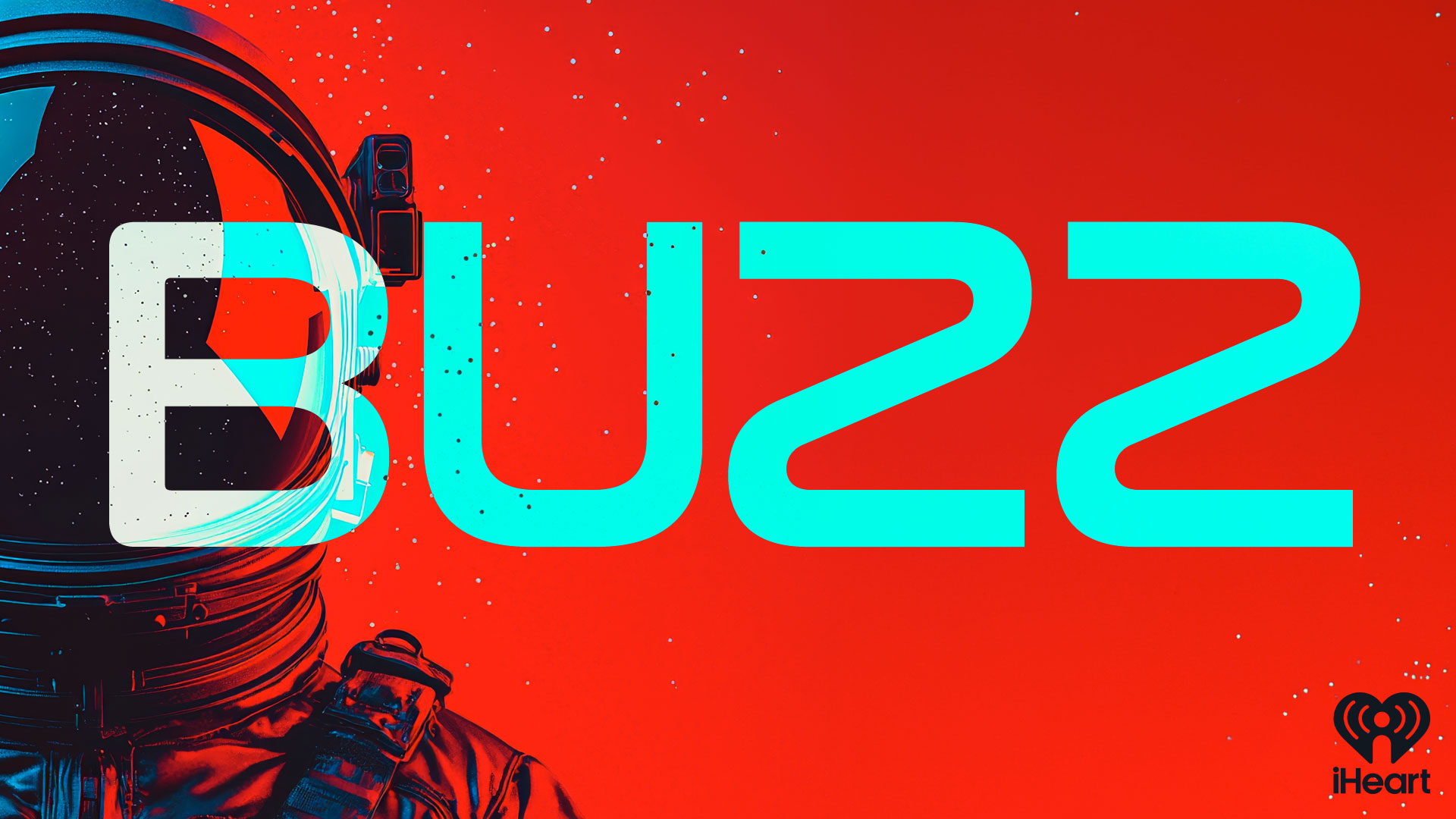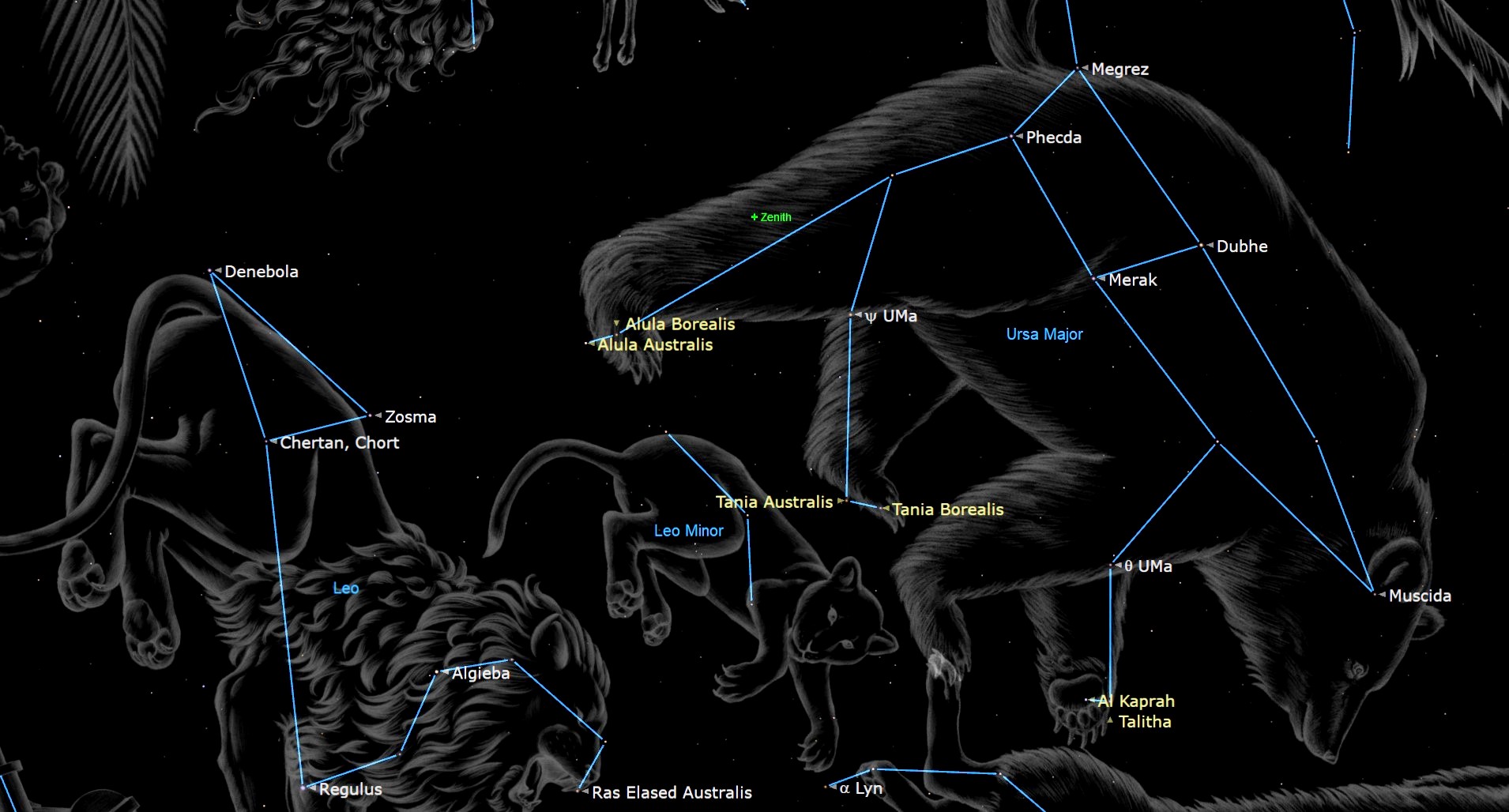NASA Can't Afford Hunt for Killer Asteroids

WASHINGTON (AP) - NASA officials say the space agency iscapable of finding nearly all the asteroidsthat might pose a devastating hit to Earth,but there isn't enough money to pay for the task so it won't get done.
The cost to find at least90 percent of the 20,000potentially hazardous asteroids and cometsby 2020 would be about $1 billion, according to a report NASA will releaselater this week. The report was previewed Monday at a Planetary DefenseConference in Washington [VIDEO:Killer Asteroids and Comets].
Congress in 2005 asked NASAto come up with a plan to track most killer asteroids and propose how todeflect the potentially catastrophic ones [VIDEO:The Asteroid Paradox].
"We know what to do, wejust don't have the money," said Simon "Pete" Worden, director of NASA's AmesResearch Center.
These are asteroids thatare bigger than 460 feet (140 meters) in diameter - slightly smaller than theSuperdome in New Orleans. They are a threat even if they don't hit Earthbecause if they explodewhile close enough - an event caused by heating in both the rock and theatmosphere - the devastation from the shockwaves is still immense. Theexplosion alone could have with the power of 100 million tons of dynamite,enough to devastate an entire state, such as Maryland, they said.
The agency is alreadytracking bigger objects, at least 3,300 feet (1,005 meters) in diameter, thatcould wipe out most life on Earth, much like what is theorizedto have happened to dinosaurs 65 million years ago. But even that search,which has spotted 769 asteroids and comets - none of which is on course to hitEarth - is behind schedule. It's supposed to be complete by the end of nextyear.
NASA needs to do more tolocate other smaller, but still potentially dangerous space bodies. While anItalian observatory is doing some work, the United States is the onlygovernment with an asteroid-trackingprogram, NASA said.
Get the Space.com Newsletter
Breaking space news, the latest updates on rocket launches, skywatching events and more!
One solution would be tobuild a new ground telescope solely for the asteroid hunt, and piggyback thatuse with other agencies' telescopes for a total of $800 million. Another wouldbe to launch a space infrared telescope that could do the job faster for $1.1billion. But NASA program scientist Lindley Johnson said NASA and the WhiteHouse called both those choices too costly.
A cheaper option would beto simply piggyback on other agencies' telescopes, a cost of about $300million, also rejected, Johnson said.
"The decision of the agencyis we just can't do anything about it right now," he added.
Earth got a scare in 2004, wheninitial readings suggested an 885-foot (269 meters) asteroid called99942 Apophis seemed to have a chance ofhitting Earth in 2029. But more observations showedthat wouldn't happen. Scientists say there is a 1-in-45,000 chance that itcould hit in 2036.
They think it would mostlylikely strike the Pacific Ocean, which would cause a tsunami on theU.S. West Coast the size of the devastating 2004 Indian Ocean wave.
John Logsdon, space policydirector at George Washington University, said a stepped-up search for suchasteroids is needed.
"You can't deflect them ifyou can't find them," Logsdon said. "And we can't find things that can causemassive damage."
VIDEO:Killer Asteroids and Comets
VIDEO:The Asteroid Paradox
2007 Guide:Find Bright Asteroids This Year
CatastropheCalculator: Estimate Asteroid Impact Effects Online
FirstStrike or Asteroid Impact? The Urgent Need to Know the Difference
IMAGES:Asteroid Gallery
IMAGES:The Great Comets
All About Asteroids
Join our Space Forums to keep talking space on the latest missions, night sky and more! And if you have a news tip, correction or comment, let us know at: community@space.com.









